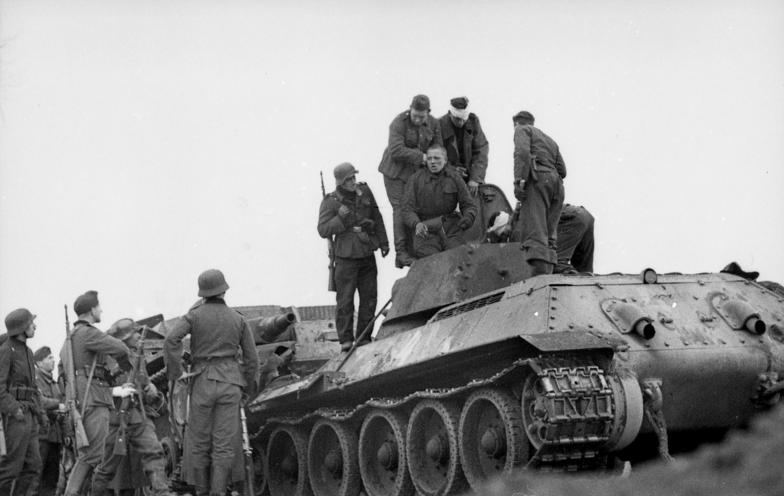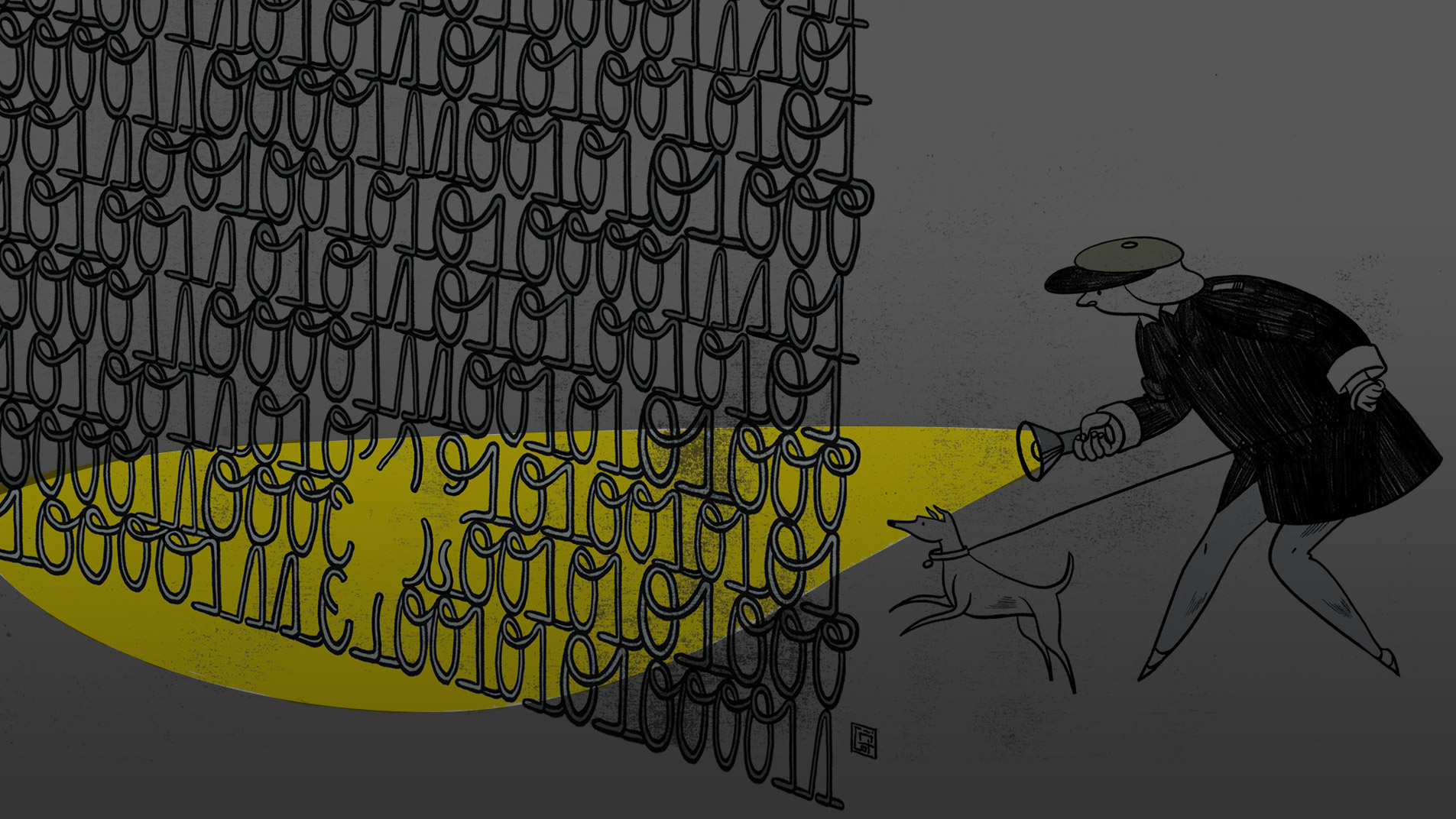http://thewire.in/2016/06/06/the-new-york-times-trips-up-on-india-and-the-nsg-41003/
By Siddharth Varadarajan on 06/06/2016
India must be held accountable for the commitments it made in 2005, when the nuclear deal with the United States was first struck
The New York Times is free to take whatever position it likes on any issue and if it believes India should not be admitted into the Nuclear Suppliers Group, it has every right to write an editorial advocating ‘No Exceptions for a Nuclear India’.
What it ought not to do is build its argument on faulty analysis, misrepresentation and factual inaccuracies. What follows is a paragraph-by-paragraph explanation of how the newspaper – that I have read and liked for years – has gone wrong, horribly wrong in this editorial.
Para 1
America’s relationship with India has blossomed under President Obama, who will meet with Prime Minister Narendra Modi this week. Ideally, Mr. Obama could take advantage of the ties he has built and press for India to adhere to the standards on nuclear proliferation to which other nuclear weapons states adhere.
Here, the NYT makes a huge assumption: that there are “standards on nuclear proliferation to which other nuclear weapons states adhere” and to which India doesn’t. The ‘other nuclear weapons states’ are the United States, Russia, China, France and Britain (the N-5). The main standard to which the N-5 are meant to adhere is the prescription set out in Article 1 of the Treaty on the Non-Proliferation of Nuclear Weapons (NPT) to not provide nuclear weapons or knowhow or assistance to non-nuclear weapon states. Article 6 also applies to them but is non-binding: to “pursue negotiations in good faith on effective measures relating to cessation of the nuclear arms race at an early date and to nuclear disarmament, and on a treaty on general and complete disarmament under strict and effective international control.”
The Chinese assisted Pakistan’s nuclear weapons programme before Beijing acceded to the NPT in 1992 but there are suspicions the relationship continued beyond that date., thus violating Article 1. The New York Times itself reported about this in 1996:
China secretly sold nuclear-weapons technology to Pakistan last year and could face the loss of billions of dollars in business deals under United States law, Administration officials said today. But, they said, President Clinton may waive the penalties to ease tensions with Beijing.
“China sold Pakistan magnets used to refine bomb-grade uranium, the Central Intelligence Agency told the Administration late last year. State Department officials said today they had concluded that the evidence regarding the magnets was strong enough to trigger the penalties. We regard it as very serious,” said a senior State Department official, who spoke on the condition of anonymity.
As for Article VI, the suggestion that the N-5 have adhered to the disarmament obligations prescribed by the NPT is, quite frankly, laughable. Even if the US and Russia have cut the size of their arsenals – retaining enough to destroy each other and the world – China, France and Britain have shown no inclination to pursue negotiations on disarmament.
India, despite being outside the NPT, can hardly be accused of not adhering to the same standard as Article 1 of the treaty. As for Article VI, it is the only nuclear weapon state to actively demand, each year at the UN, a series of arms control and disarmament measures, including a convention banning the use of nuclear weapons.
Para 2
The problem, however, is that the relationship with India rests on a dangerous bargain. For years, the United States has sought to bend the rules for India’s nuclear program to maintain India’s cooperation on trade and to counter China’s growing influence. In 2008, President George W. Bush signed a civilian nuclear deal with India that allowed it to trade in nuclear materials. This has encouraged Pakistan to keep expanding a nuclear weapons program that is already the fastest growing in the world.
Pakistan’s nuclear weapons programme is expanding, but it has nothing to do with the civilian nuclear deal India signed. A crucial part of that deal was a separation plan that India implemented in which it agreed to place several of its indigenous power reactors under international safeguards – thus surrendering the ability to use those reactors to produce fissile material for weapons. Six years after doing so, and after winning the right to import new (safeguarded) reactors, no new reactor has been built or operationalised following the 2008 deal, except for the Russian reactor at Kudankulam which predates the 2008 agreement. One could argue that a greater quantity of indigenous Indian uranium can now be used in its unsafeguarded pressurised heavy water reactors to produce fissile material, but these reactors are connected to the electricity grid and the publicly observable higher electricity output makes it clear they are not being run in ‘low burn up mode’.
By Siddharth Varadarajan on 06/06/2016
India must be held accountable for the commitments it made in 2005, when the nuclear deal with the United States was first struck
The New York Times is free to take whatever position it likes on any issue and if it believes India should not be admitted into the Nuclear Suppliers Group, it has every right to write an editorial advocating ‘No Exceptions for a Nuclear India’.
What it ought not to do is build its argument on faulty analysis, misrepresentation and factual inaccuracies. What follows is a paragraph-by-paragraph explanation of how the newspaper – that I have read and liked for years – has gone wrong, horribly wrong in this editorial.
Para 1
America’s relationship with India has blossomed under President Obama, who will meet with Prime Minister Narendra Modi this week. Ideally, Mr. Obama could take advantage of the ties he has built and press for India to adhere to the standards on nuclear proliferation to which other nuclear weapons states adhere.
Here, the NYT makes a huge assumption: that there are “standards on nuclear proliferation to which other nuclear weapons states adhere” and to which India doesn’t. The ‘other nuclear weapons states’ are the United States, Russia, China, France and Britain (the N-5). The main standard to which the N-5 are meant to adhere is the prescription set out in Article 1 of the Treaty on the Non-Proliferation of Nuclear Weapons (NPT) to not provide nuclear weapons or knowhow or assistance to non-nuclear weapon states. Article 6 also applies to them but is non-binding: to “pursue negotiations in good faith on effective measures relating to cessation of the nuclear arms race at an early date and to nuclear disarmament, and on a treaty on general and complete disarmament under strict and effective international control.”
The Chinese assisted Pakistan’s nuclear weapons programme before Beijing acceded to the NPT in 1992 but there are suspicions the relationship continued beyond that date., thus violating Article 1. The New York Times itself reported about this in 1996:
China secretly sold nuclear-weapons technology to Pakistan last year and could face the loss of billions of dollars in business deals under United States law, Administration officials said today. But, they said, President Clinton may waive the penalties to ease tensions with Beijing.
“China sold Pakistan magnets used to refine bomb-grade uranium, the Central Intelligence Agency told the Administration late last year. State Department officials said today they had concluded that the evidence regarding the magnets was strong enough to trigger the penalties. We regard it as very serious,” said a senior State Department official, who spoke on the condition of anonymity.
As for Article VI, the suggestion that the N-5 have adhered to the disarmament obligations prescribed by the NPT is, quite frankly, laughable. Even if the US and Russia have cut the size of their arsenals – retaining enough to destroy each other and the world – China, France and Britain have shown no inclination to pursue negotiations on disarmament.
India, despite being outside the NPT, can hardly be accused of not adhering to the same standard as Article 1 of the treaty. As for Article VI, it is the only nuclear weapon state to actively demand, each year at the UN, a series of arms control and disarmament measures, including a convention banning the use of nuclear weapons.
Para 2
The problem, however, is that the relationship with India rests on a dangerous bargain. For years, the United States has sought to bend the rules for India’s nuclear program to maintain India’s cooperation on trade and to counter China’s growing influence. In 2008, President George W. Bush signed a civilian nuclear deal with India that allowed it to trade in nuclear materials. This has encouraged Pakistan to keep expanding a nuclear weapons program that is already the fastest growing in the world.
Pakistan’s nuclear weapons programme is expanding, but it has nothing to do with the civilian nuclear deal India signed. A crucial part of that deal was a separation plan that India implemented in which it agreed to place several of its indigenous power reactors under international safeguards – thus surrendering the ability to use those reactors to produce fissile material for weapons. Six years after doing so, and after winning the right to import new (safeguarded) reactors, no new reactor has been built or operationalised following the 2008 deal, except for the Russian reactor at Kudankulam which predates the 2008 agreement. One could argue that a greater quantity of indigenous Indian uranium can now be used in its unsafeguarded pressurised heavy water reactors to produce fissile material, but these reactors are connected to the electricity grid and the publicly observable higher electricity output makes it clear they are not being run in ‘low burn up mode’.









